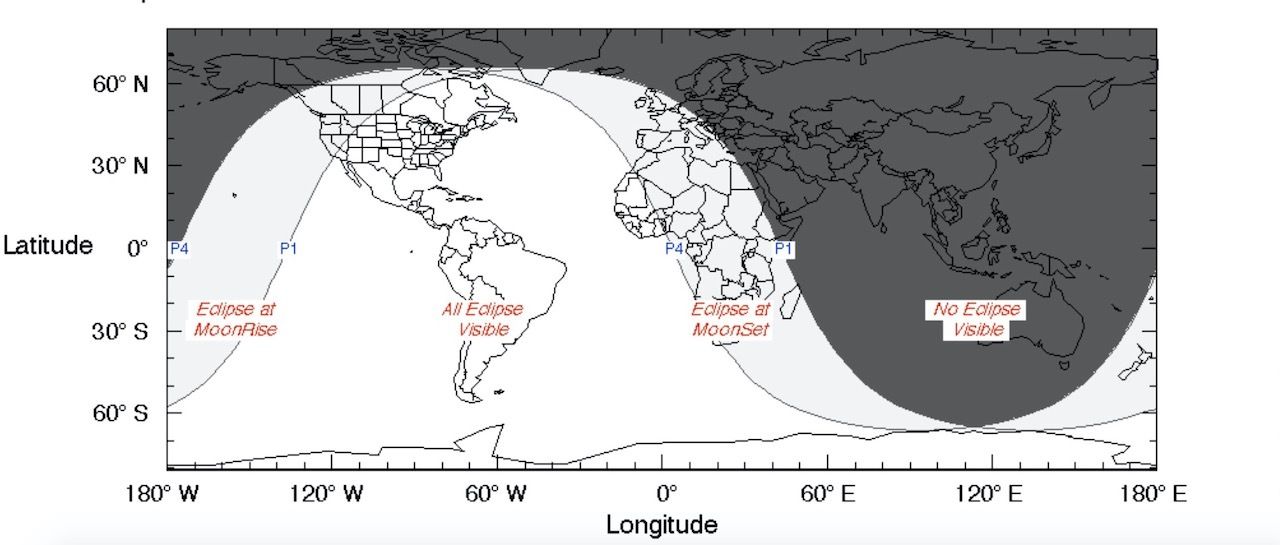Instead of getting yourself into an ill-advised crowd to see this year’s fireworks, stay at home and look at the moon — the spectacle will be just as good.
This month’s full moon is happening on July 4, and is known as the “Buck Moon.” The name is derived from the natural phenomenon that typically occurs in July, wherein a male deer grows its new antlers. Deer shed their antlers after mating season, and then grow new ones when warmer weather comes.

